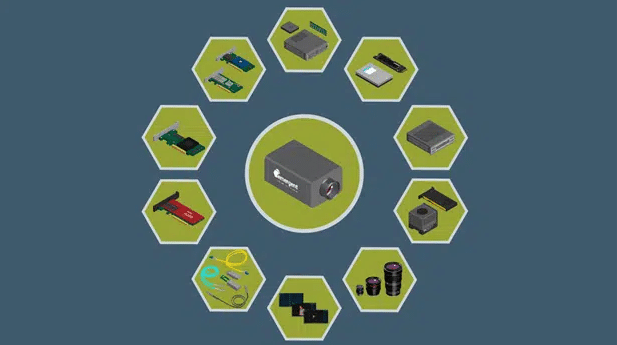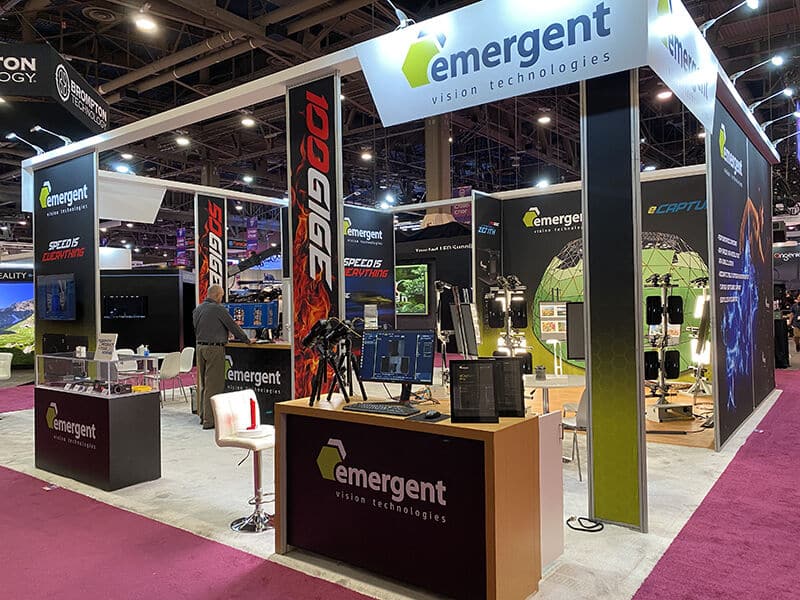How an Optimized GigE Vision Approach Takes High-Speed Imaging to New Heights

Since 2006, the GigE Vision interface standard for high-performance industrial and machine vision cameras has been based on a User Diagram Protocol (UDP) over Ethernet protocol called GVSP (GigE Vision streaming protocol). As data rates have risen over the years, some manufacturers have had difficulty achieving high levels of performance with GVSP, particularly when data rates approach 10Gbps or higher.
As a result, some companies have experimented with Transmission Control Protocol (TCP) or remote direct memory access (RDMA) and RDMA over Converged Ethernet (RoCE). Opting for RDMA/RoCE or TCP, however, represents a step backwards, whereas an optimized approach to GigE Vision can get the most from your high-speed cameras.
Zero Copy Imaging
One of the problems that has led to the use of TCP or RDMA/RoCE is the need to dissect Ethernet packets at the receiver to provide the image data to the application in contiguous form, which requires splitting off Ethernet packet headers. Doing so is possible in software but comes at a large cost with triple the memory bandwidth and a higher CPU utilization, which is something that RDMA users tout when discussing pros and cons of traditional GigE Vision and RDMA. Emergent Vision Technologies avoids these pitfalls by using the built-in splitting features in current network interface cards (NICs) to perform zero copy image transfer, which is a must-have requirement for top performance in high-speed imaging.
GigE Vision: TCP
TCP has been explored to improve GigE Vision performance, with some manufacturers even claiming that it is a guaranteed transfer mechanism, but this isn’t true. In addition, TCP does not support zero copy image transfer, and in not doing so, triples the required memory bandwidth. TCP is also a point-to-point protocol, which converges it with CoaXPress and USB, which all but eliminates the benefits over those protocols, especially since CoaXPress is adopting the Ethernet physical layer in newer revisions. Ultimately, TCP is a non-starter for high-performance applications.
GigE Vision: RDMA/RoCE
RDMA/RoCE has also been explored for the same reasons, with some manufacturers proclaiming that the protocol is now the guaranteed transfer mechanism, but this is also false. However, RDMA does offer the benefit of zero copy image transfer, but — as with TCP — this protocol is point-to-point and incurs network overhead to support its connected nature. Both RDMA/RoCE and TCP were designed for large data transfer on the internet, with multiple hops through switches and routers with dropped and out of order packets. In machine vision, systems are closed with controlled routing when switches are used.
TCP and RDMA are also far from ratified into the GigE Vision standard, but Emergent will integrate the RDMA addition if and when the support is ratified, as this would represent a small effort and would be backward compatible with all existing high-speed imaging products we sell and support.
Optimized, Zero Copy GigE Vision with GVSP



